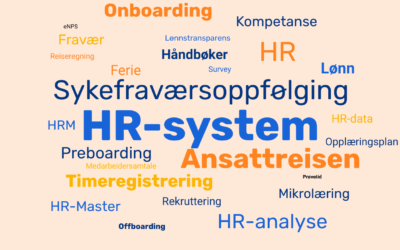Pay differences between the genders: Is your business prepared for the Equal Pay Directive?

Why is equal pay important?
Equal pay isn't just a matter of fairness; it's also a tool for creating a more productive and engaged work environment. When employees feel fairly compensated, they are happier, more motivated and contribute to a healthier company culture.
How the Equal Pay Directive will affect businesses:
- Identification of salary differences:
The Equal Pay Directive will require a careful review of the pay structure to identify any unfair differences between men and women performing the same work or work of equal value.
- Action plans for compliance:
The preparation should include the development of concrete action plans to address identified inequalities and bring pay practices in line with the directive.
- Training and awareness raising:
It is essential to provide training and awareness to managers and employees about the importance of equal pay and how it should be implemented in the organization.
How a salary transparency module in HRM The system can help:
-
- Visualization of payroll data:
Salary transparency modules provide a visual representation of salary data, allowing managers to quickly identify any bias.
- Individual approach:
Employees are given individual access to their own salary information, promoting transparency and building trust.
- Analysis and reporting:
Salary transparency in HRM The system provides powerful analytical tools to evaluate payroll data and generate reports that can be used to document and address irregularities.
How to start your preparations:
- Conduct salary transparency analysis:
Start with a comprehensive pay transparency analysis to identify biases.
- Develop action plans:
Based on the results, develop concrete action plans to address pay inequalities.
- Implement Salary Transparency module:
Use the salary transparency module in HRM system to ensure that all employees have access to necessary information.
Gender pay gaps can no longer be ignored. With the Equal Pay Directive coming into force, it's time for businesses to act. Start preparing now, conduct a thorough pay transparency analysis and adopt modern technology to ensure a fair and inclusive workplace.
Is your business ready to take the first step towards equal pay? Explore the Pay Transparency module in 4human HRM today! Read more here .
Find out key actions your business can take before the Equal Pay Directive comes into effect in this webinar recording.
Related posts
Course: HR Analysis – How to turn HR data into strategic advantages in 4human HRM
Data is the new currency, and HR is sitting on a gold mine! With HR analytics, you can transform information about employees, processes, and results into...
HR glossary
Here are terms and abbreviations that you who work in HR should know – whether you are new to the profession or want a refresher. To...
HR course for managers
All companies that use 4human HRM should have subject matter experts with good expertise to ensure efficient operation of the system. Expertise in...


